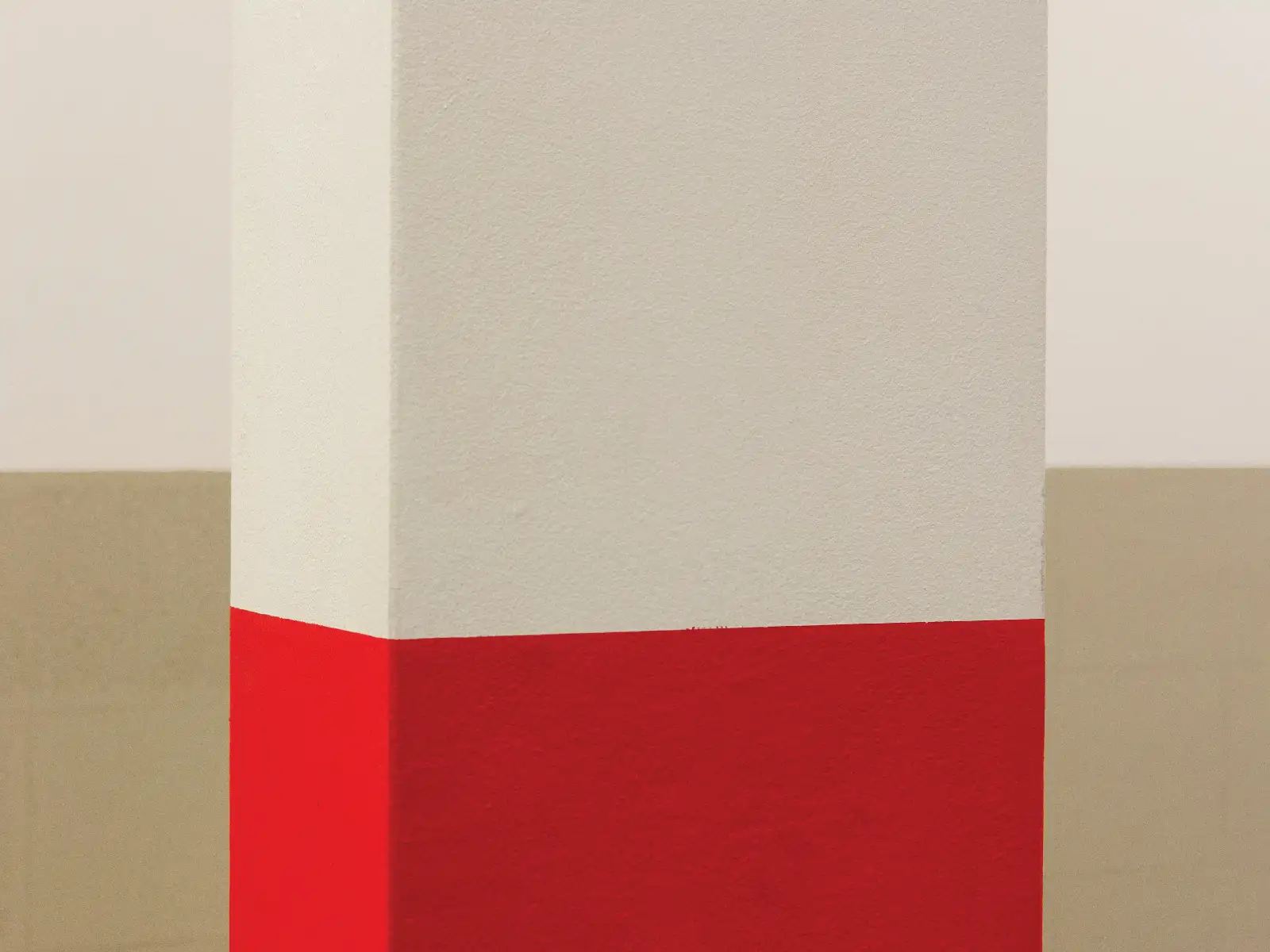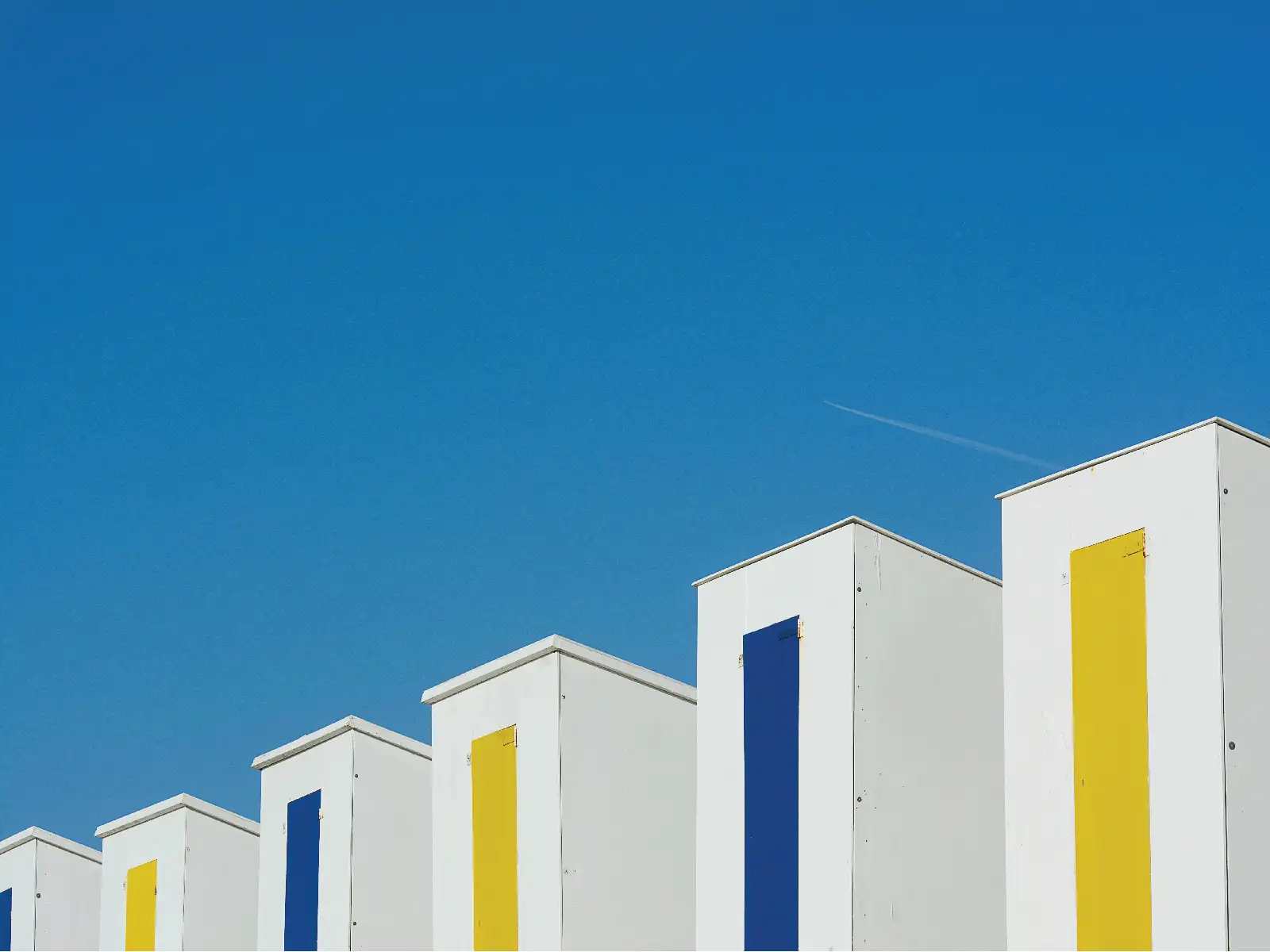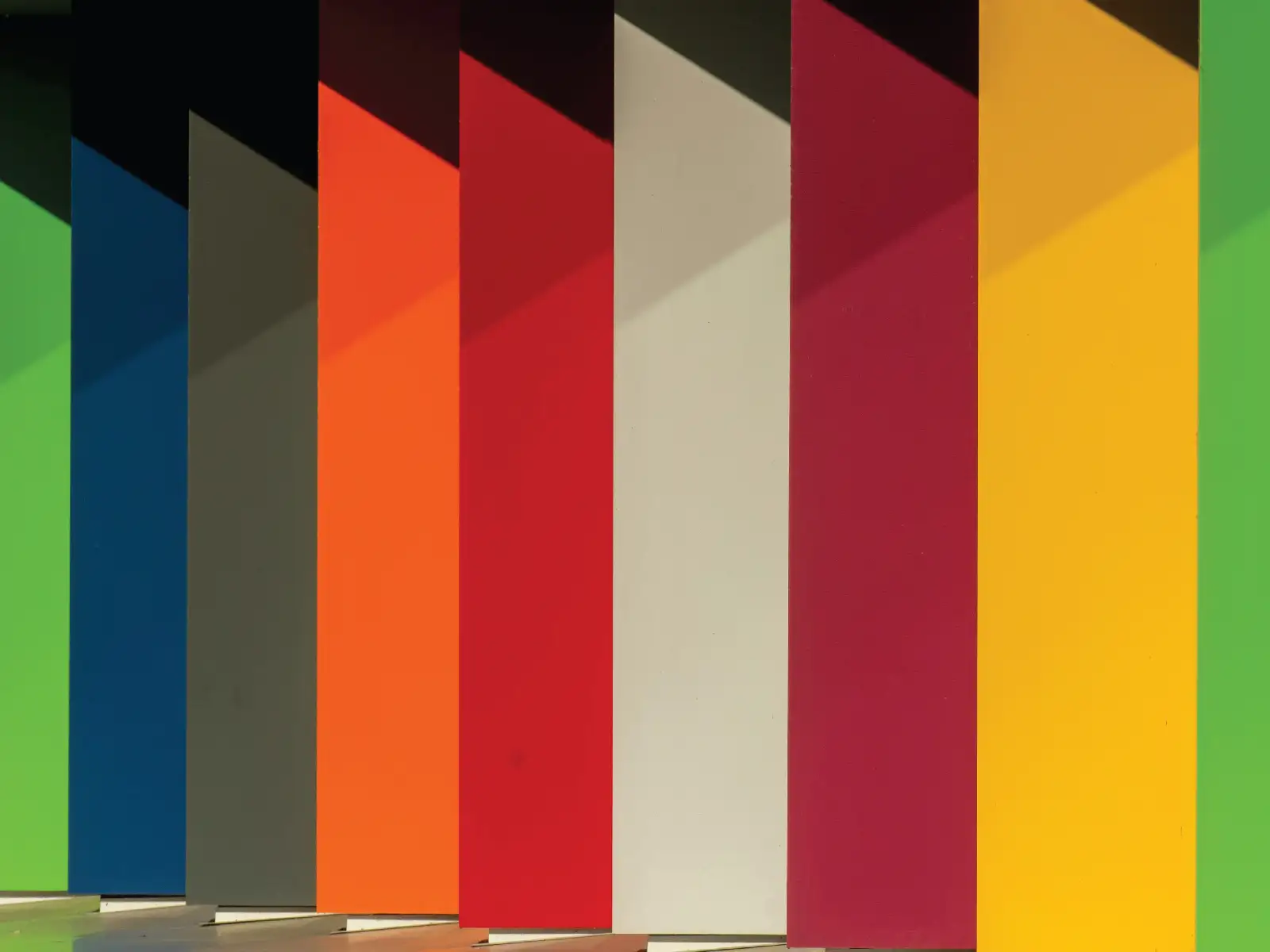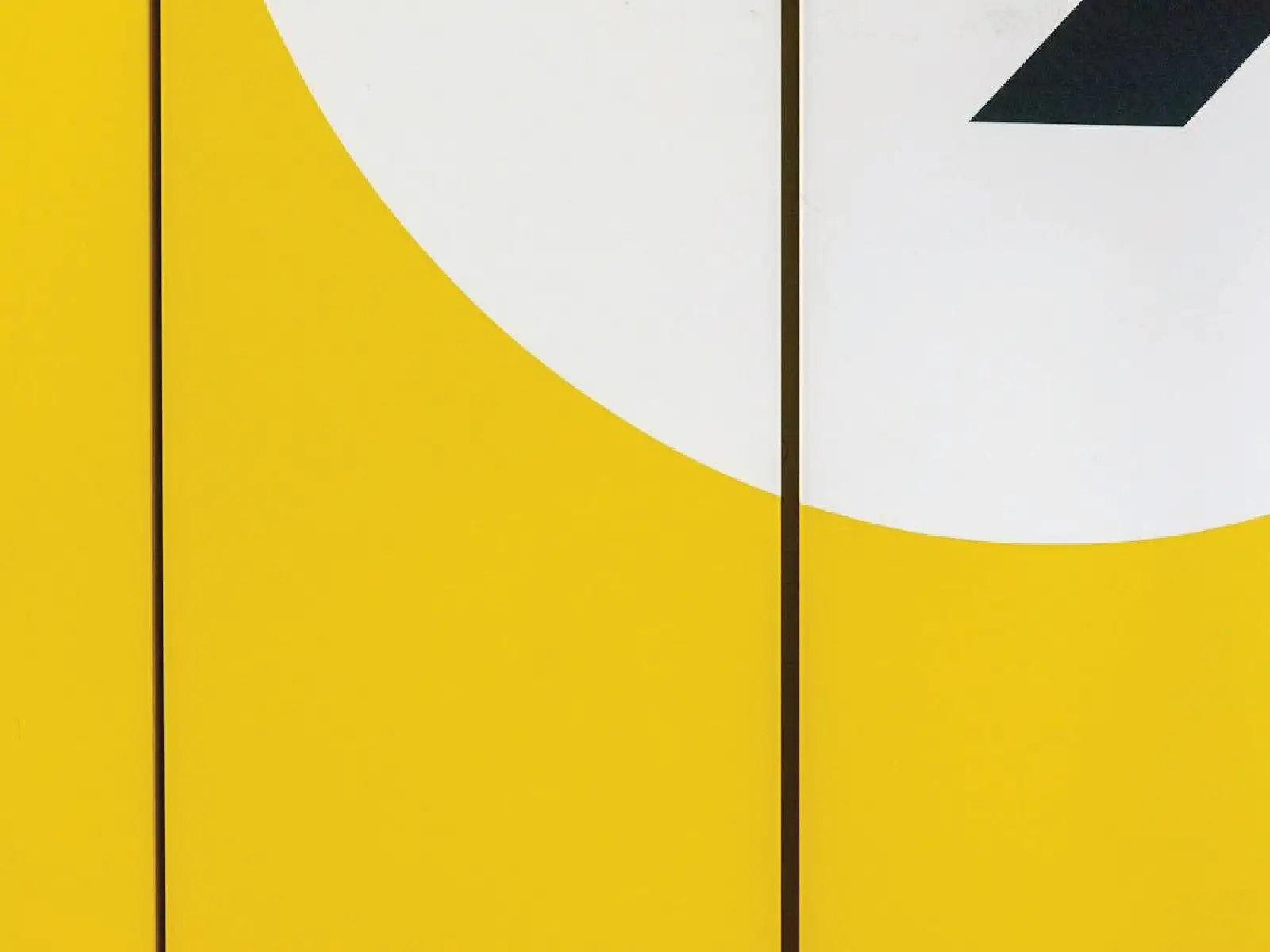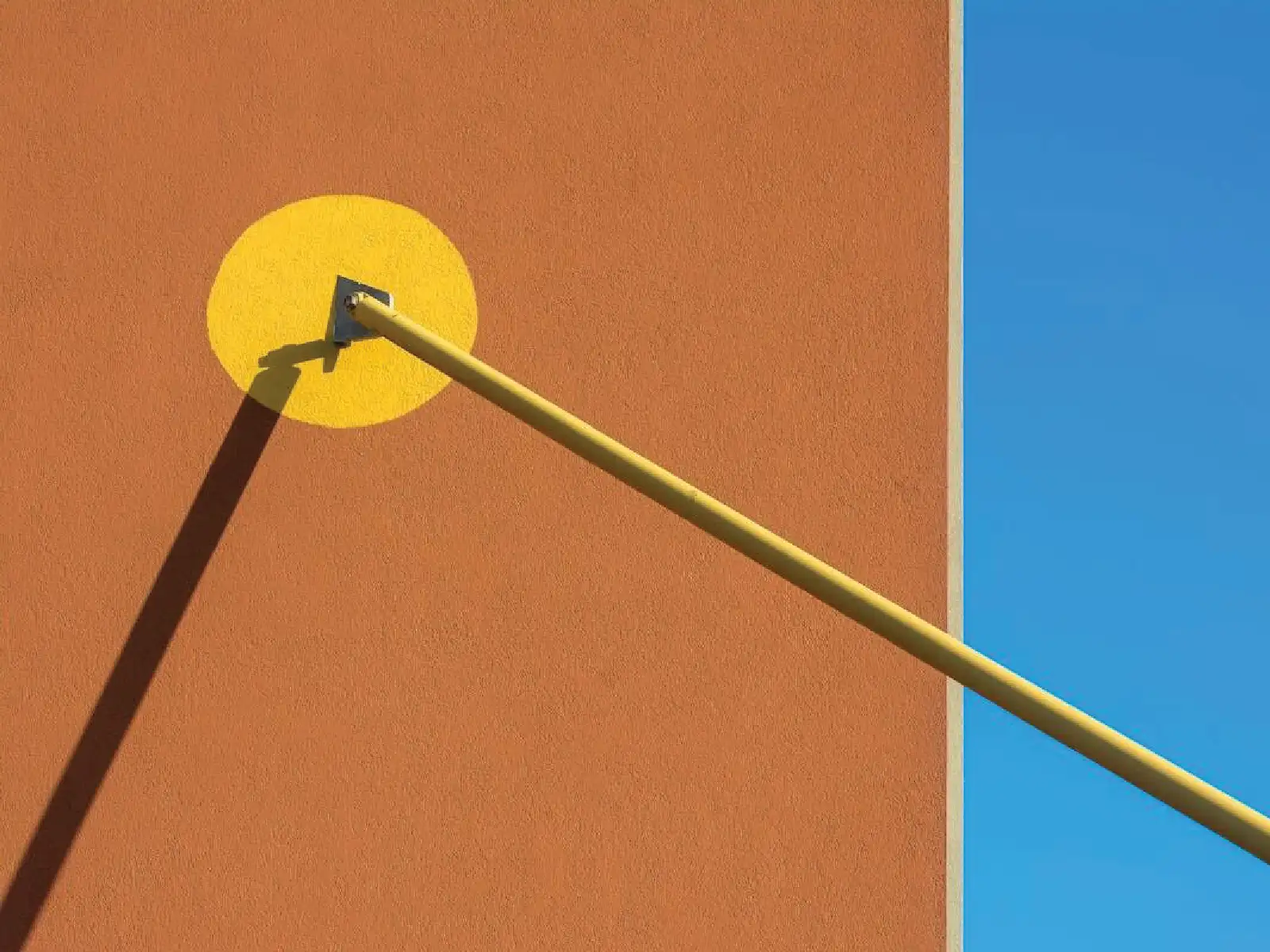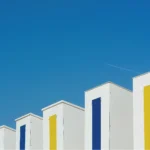THERE’S A MOMENT, driving east across Treaty 7 territory on the Trans-Canada Highway toward Calgary, when the city rises out of the prairie like a glass apparition. Towers erupt from the foothills in improbable symmetry, gleaming against the Rockies as if summoned by ambition alone. It looks, from that distance, like triumph incarnate. But mirages, by definition, are never quite what they seem. And triumph, it turns out, is often built on someone else’s defeat.
I spent the first sixteen years of my life in Calgary, then returned recently for several months after years in proverbial exile. What struck me most wasn’t how much the city had changed, but how desperately it was trying to change while remaining exactly the same. Calgary finds itself caught in an identity crisis that goes far deeper than the empty office towers downtown or the intractable stereotypes that follow it everywhere.
This is a city that built itself on extraction; first of Indigenous sovereignty, then of natural resources, and now dreams of transformation without ever acknowledging what was extracted first. The contradiction isn’t just economic; it’s ontological; a manifestation of what Glen Coulthard might call the logic of settler accumulation, transposed onto glass and concrete. The towers aren’t just empty; they’re haunted by unacknowledged thefts – land, labour, and legitimacy.
The Weight of Empty Towers
Walk through downtown Calgary on a Tuesday afternoon and you’ll understand viscerally what economists mean when they talk about structural economic shifts. The vacancy rate in the core hovers around 30% – among the highest in the world. Block after block of darkened windows stare out like dead eyes, monuments to a boom that ended more abruptly than anyone wanted to admit.
But the empty towers aren’t just an economic problem; they’re a metaphysical one. They represent the hollowness at the center of Calgary’s self-conception, the gap between the city’s mythic understanding of itself and the more complex reality it refuses to acknowledge. For decades, Calgary’s identity was built on a simple narrative: it was the energy capital of Canada, gateway to the West, the place where hard work and natural resources converged to create prosperity.
The city speaks of sustainability but rarely of sovereignty. Its transition from carbon to clean technology risks being less a transformation than a rebranding – new skin for the old ceremony.

What that narrative conveniently omitted was the displacement that made prosperity possible. The “empty” prairie that Calgary supposedly tamed was never empty – it was cleared. The “frontier” that Calgary opened was already inhabited. The glass canyons of downtown weren’t just proof that Calgary had graduated from frontier town to a serious, world-class city; they were proof that some stories get told in steel and glass while others get buried in concrete foundations.
Now those same towers mock that selective amnesia. They whisper uncomfortable questions: What happens to a boom town when the boom ends? What happens to a city built on extraction when the extracted run out? What happens to a place that built its identity on forgetting when memory starts to surface?
The MIDSUMMER Pageant of Forgetting
Every July, Calgary transforms itself into a ten-day fever dream of “Cowboys and Indians,” complete with chuckwagon races, rodeo queens, and middle managers in Wranglers pretending to be frontier heroes. The Calgary Stampede is North America’s largest outdoor show, a $540 million celebration of settler mythology that would be absurd if it weren’t so profitable.
The Stampede isn’t simply a spectacle; it’s a civic ritual in the service of ideological stability. It reenacts a conquest myth that legitimizes land occupation, while offering sanitized roles to those it dispossessed. It’s not history – it’s hegemony in costume.
The irony cuts deeper than most visitors realize. The Stampede grounds sit on the traditional territory of the Blackfoot Confederacy, the Tsuut’ina, and the Stoney Nakoda Nations. Every year, Calgary invites the world to celebrate the conquest of a people who never actually left, who remain marginalized in a city built on their land.
This isn’t ancient history – it’s ongoing erasure. Calgary’s Indigenous population is one of the largest in Canada, yet they remain largely invisible in the city’s gleaming downtown core. The same urban planning that created those empty office towers also created the conditions for Indigenous displacement and poverty. The clean energy future that Calgary promises will likely repeat the same patterns of extraction and exclusion, just with different resources.
The city’s inability to reckon with its colonial foundations isn’t just morally bankrupt, it’s intellectually bankrupt. How can you understand what Calgary is without understanding what it displaced? How can you build a sustainable future without acknowledging the unsustainable past?

The despotism of affability
Calgary suffers from what I’ve come to think of as “the tyranny of being nice.” It’s a city that desperately wants to be liked, respected, taken seriously. This manifests in an almost pathological cleanliness, a kind of municipal anxiety about appearing too rough around the edges.
Walk through the core and you’ll find immaculate streets, pristine public spaces, and a level of civic order that would make Swiss cities jealous. But there’s also something sterile about it all, as if the city has been focus-grouped into submission. Calgary feels safe, clean, efficient; and profoundly boring.
This isn’t entirely the city’s fault. Calgary has always been defined by what it’s not: not Toronto’s financial center, not Vancouver’s natural beauty, not Montreal’s cultural sophistication. It’s the city that other Canadians love to dismiss, the place that represents everything they find embarrassing about this country’s relationship with natural resources and American culture.
But the defensive response – the need to prove that Calgary is sophisticated, that it has culture, that it’s more than oil and cowboys – has created a kind of civic insecurity that permeates everything. The city tries so hard to be respectable that it’s forgotten how to be interesting.
Here’s what makes Calgary’s situation both tragic and hopeful: it has enormous potential that it seems constitutionally unable to realize because it refuses to reckon with how that potential was accumulated in the first place. The city sits at the intersection of resources, technology, and geography in ways that should make it a natural hub for the new economy. It has space to grow, infrastructure to build on, and a work ethic that borders on the obsessive.
But potential built on erasure is inherently unstable. Calgary’s clean energy future – all those wind farms and solar installations stretching across Treaty 7 territory—will either repeat the extractive patterns of the past or represent a genuine break from them. The city needs to decide not just what it wants to be when it grows up, but whether it’s willing to grow up at all.

This means confronting uncomfortable truths: that the “frontier spirit” was actually colonial violence, that the “empty prairie” was never empty, that sustainable development requires acknowledging what was unsustainable about the development that came before. It means recognizing that Indigenous peoples aren’t artifacts of Calgary’s past but partners in its future – if the city is brave enough to make space for genuine partnership rather than performative inclusion.
The clean energy transition offers Calgary a chance to break from extraction-as-domination toward something more reciprocal. But only if it’s willing to be as honest about the future as it’s been dishonest about the past.
SPENDING THOSE MONTHS BACK IN CALGARY reminded me why I left, but also why I came back. There’s something honest about the place, even in its confusion. It’s a city that still believes in itself, even when it doesn’t know what that self should be.
Maybe that’s enough to build on. Maybe the path forward isn’t about choosing between prairie folklore and urban ambition, between energy past and energy future, but about finding a way to honour both. Calgary doesn’t need to become Toronto or Vancouver or anywhere else. It needs to become the most confident version of itself.
The towers downtown will not remain hollow forever. Something will rise to fill them; commerce, culture, capital; but what matters more is whether the city can bear to see itself in the glass. Not the polished reflection of ambition, but the deeper image that emerges when a city chooses to remember rather than forget.
Calgary stands not at an inflection point, but at a threshold – a place where memory might yet be metabolized into meaning. The mirage on the highway could still become real. But only if the city learns to build not atop silence, but with the courage to name the ground it stands on.
